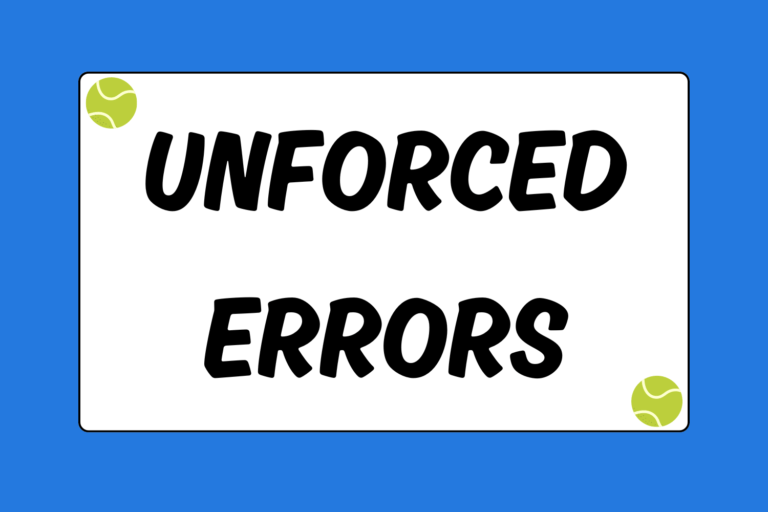In the words of eight-time Grand Slam champion and Olympic gold medalist, Andre Agassi, “If you don’t practice, you don’t deserve to win”.
Practice sessions may not be as packed with excitement as competitive matches, but they have a very important role in player development.
The key to a successful tennis practice is making a challenge out of it. Every practice is a new opportunity to evaluate strengths and weaknesses and then improve them.
Evaluate Weak Spots and Work on Them
Focusing on weak areas should be the first part of a tennis practice session. Players are well-rested and motivated and have the energy to deal with some frustration.
If match had been played recently, evaluate what players did well and what needs work. There will always be something to improve, whether it’s a specific stroke, fitness or mindset.
Use the training ground to attack weakness and improve the players’ skills.
For example, if your team has been struggling with serves, practice with less balls on the court, taking the time to evaluate and critique each shot instead of just letting players hit one bad serve after another.
Evaluate Strengths
Every player has at least one shot that he or she is confident about. Of course, we all like to win, and sometimes you can feel as if a single stroke will get you where you are headed.
The truth is, if you continuously depend on a single stroke or a single gameplan, a well-coached opponent will easily find a way to counter your play.
Your players won’t maximize their potential with a single stroke game style, so be wise when you train.
Have your players think through what makes their strongest shot so good and how they you apply some of it to other strokes.
Practice With Less Convenience
Over the years, the ATP and WTA Tour rankings featured a lot of players from areas that are considered very poor and probably don’t have many advanced training opportunities. These players are always keen to overcome obstacles, and they learned to improvise with what they have, simply because they love the game of tennis.
You can also try to adopt a training style with less comfort. For example, do not use a basket full of tennis balls. Instead, you can use only 4-5. This will make you focus on every stroke and probably lower the percentage of mistakes you make.
When you have a full basket, it only makes you hit balls until you empty them out, and sometimes you don’t think about every single shot.
Challenge Yourself
Every shot you perform on the practice court should be considered as important as the ones you make in a match. The only difference is that you get to learn more from training, and you can repeat a shot until you are satisfied with the outcome.
Instead of just building a routine and repeating strokes until you are exhausted, challenge yourself to improve with every shot. Again, try to perform trainings with less convenience. You need to build a competitive mindset regardless of the occasion.
Have Fun
We hope that you will keep this as the most important part of the lesson, because let’s face it – you really love this game. Don’t be too hard on yourself. Try to work in a pressure-free environment.
Training sessions are an opportunity rather than an obligation. If you sincerely want to be on the court, hitting that furry little ball, you will find enough motivation to continuously improve your game.
Training sessions are an important part of your tennis development. Try to always make it challenging and fun at the same time. Soon enough, that kind of mindset will help you improve your overall tennis playing abilities bring you closer to your tennis goals.





